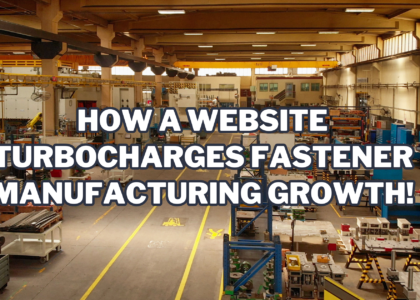In the fast-paced digital world, where attention spans are shrinking by the day, an effective Call-to-Action (CTA) is the secret sauce to driving user engagement and conversions on your website. A well-crafted CTA can make the difference between a visitor just passing through and a potential customer taking a desired action. In this article, we will explore the art and science of creating a compelling CTA that not only grabs attention but also boosts your website’s SEO.
Understanding the Importance of a CTA
Before we dive into the nitty-gritty of creating an effective CTA, let’s understand why it’s crucial for your website:
1. Conversion Boost: A CTA serves as a guide, directing your visitors towards the action you want them to take. Whether it’s signing up for a newsletter, making a purchase, or filling out a contact form, a strategically placed CTA can significantly increase your conversion rate.
2. User Engagement: CTAs are the gateway to deeper engagement. They invite users to interact with your website, making the browsing experience more interactive and enjoyable.
3. SEO Benefits: Believe it or not, CTAs can also positively impact your website’s search engine optimization (SEO). When designed and placed thoughtfully, they can improve user engagement metrics, such as time on site and click-through rates, which search engines like Google consider when ranking websites.
Creating an Effective CTA
Now, let’s delve into the steps to create a highly effective CTA:
1. Understand Your Audience:
To create a CTA that resonates with your audience, you must first understand their needs, pain points, and preferences. Conduct thorough market research and analyze user behavior to identify what motivates them.
2. Craft Compelling Copy:
Your CTA’s copy should be concise, action-oriented, and persuasive. Use strong action verbs like “Get,” “Try,” “Discover,” or “Join.” Be specific about what the user will gain from clicking the CTA.
3. Use Eye-Catching Design:
Make your CTA stand out visually. Use contrasting colors, whitespace, and clear typography to ensure it catches the user’s eye. The design should complement your website’s overall aesthetic.
4. Position Matters:
Place your CTA where users are most likely to see it. Common locations include above the fold, at the end of blog posts, and in prominent header or footer sections.
5. A/B Testing:
Don’t rely on guesswork. Conduct A/B tests with different CTA variations to determine which one performs best. Analyze the data to fine-tune your CTA strategy continuously.
6. Mobile Optimization:
With the increasing use of smartphones, ensure that your CTA is mobile-friendly. It should be easily accessible and visible on smaller screens.
7. Instill a Sense of Urgency:
Create a sense of urgency or scarcity in your CTA. Phrases like “Limited Time Offer” or “Act Now” can prompt users to take immediate action.
8. Build Trust:
Include trust signals such as security badges, customer reviews, or money-back guarantees near your CTA to reassure users.
9. A/B Testing:
Regularly test different CTA variations to find the most effective one for your audience.
10. Analyze and Iterate:
Once your CTA is live, monitor its performance. Analyze metrics like click-through rate, conversion rate, and bounce rate to identify areas for improvement. Continuously iterate and refine your CTAs for better results.
SEO Benefits of a Strong CTA
Now, let’s discuss how an effective CTA can positively impact your website’s SEO:
Improved User Engagement: When users click on your CTA, they are likely to spend more time on your site, reducing the bounce rate. Search engines consider these engagement metrics when ranking websites.
Higher Click-Through Rates (CTR): A compelling CTA can boost your CTR in search engine results pages (SERPs). Higher CTR can lead to improved rankings over time.
Reduced Bounce Rate: A well-designed CTA can entice users to explore more of your website, reducing the bounce rate and signaling to search engines that your content is relevant and engaging.
Increased Social Sharing: CTAs can encourage users to share your content on social media platforms, leading to more visibility and potential backlinks, both of which are beneficial for SEO.
In conclusion, a well-crafted CTA is not only a powerful tool for increasing conversions but also plays a role in enhancing your website’s SEO. By understanding your audience, creating compelling copy, and continuously optimizing your CTAs, you can boost user engagement and drive more organic traffic to your website.
Now, if you’re ready to take your website to the next level, don’t hesitate to book a call with our experts or visit our website at socialbusk.com to learn more. Your success is just a click away!






